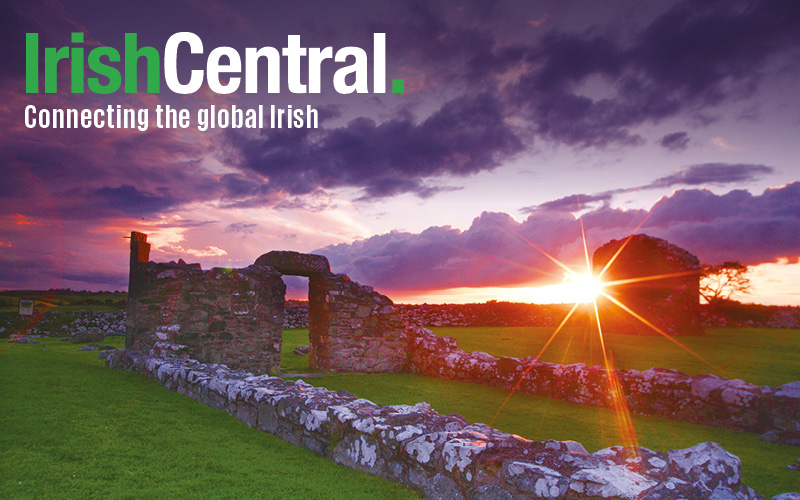New research from DCU chronicles the weird and wacky ways Irish cured ailments
The Irish have had some strange cures for toothaches according to new research conducted at Dublin City University in Ireland.
Dr. Carol Barron, Assistant Professor, School of Nursing and Human Sciences, DCU and Research Assistant Tiziana Soverino analyzed the many Irish cures used to treat a toothache, which was one of the most common ailments during the 19th and 20th centuries in Ireland.
Read More: Irish scientists reveal how food can be used to treat depression and anxiety
Some strange cures for toothaches involved putting a live frog inside your mouth, taking a tooth from a corpse, sucking on cloves, or drinking water from holy wells.
Frogs were sometimes placed in the ailing person’s mouth as they were believed to have healing powers that could draw the pain away from the sufferer. Religious blessings would be offered during this ritual.
One of the most common treatments at the time was packing an infected tooth with tobacco as it helped protect any exposed nerves in the sickly tooth. Inhaling hot smoke was also an option, owing to the common belief that toothaches were caused by a tooth-worm.
Perhaps not surprisingly, the humble Irish potato was also used for relief as toothache sufferers would carry it in their pocket as an “amulet” to ward off pain.
Researchers also found that in the thousands of recorded cures, alcohol was only used five times, with whiskey being the most frequent of them.
Tooth extraction was rare, but when it did occur, a thread was tied to the ailing tooth and pulled out using a blacksmith’s anvil.
Researchers noted that these cures were most popular prior to an antibiotic era in Ireland. Also, dentists were few and far between in Ireland during the period.
The new findings are published in the Journal of the History of Dentistry are taken from an analysis of The Schools’ Collection, a folklore collecting scheme that was compiled in the Republic of Ireland in 1937-38.
The Schools’ Collection is the largest collection of medical folklore in Europe. It includes nearly half a million pages of manuscript, recorded in both English and Irish, and includes over 250,000 stories gathered by children aged 10-14 at the time.
For the research, a total of 6,847 cures were sampled from the collection. 405 of those cures were for toothaches and were classified under three specific categories: plant and mineral cures; quasi-medical cures and magico-religious cures.
Considering the social context of Ireland during that period, religious elements played a significant part in sympathetic magic cures.
Researcher Dr. Carol Barron said, “The sampling of a large national folklore survey identifies the importance of folk cures for toothaches, the third most commonly recorded ailment at this time in Irish society.”
“It is a fascinating insight into the social culture at this time and also the transmission of ancient wisdoms and folk cures from one generation to another.”
“All of the remedies should be set against the wider social and historical background to which they belonged and to notice how embedded they were in everyday life.”
“The same cures were used quite frequently across the 26 counties with some minor variations, but overall there was a consistent trend.”
Do you know of any strange Irish cures for toothaches? Share below!




Comments